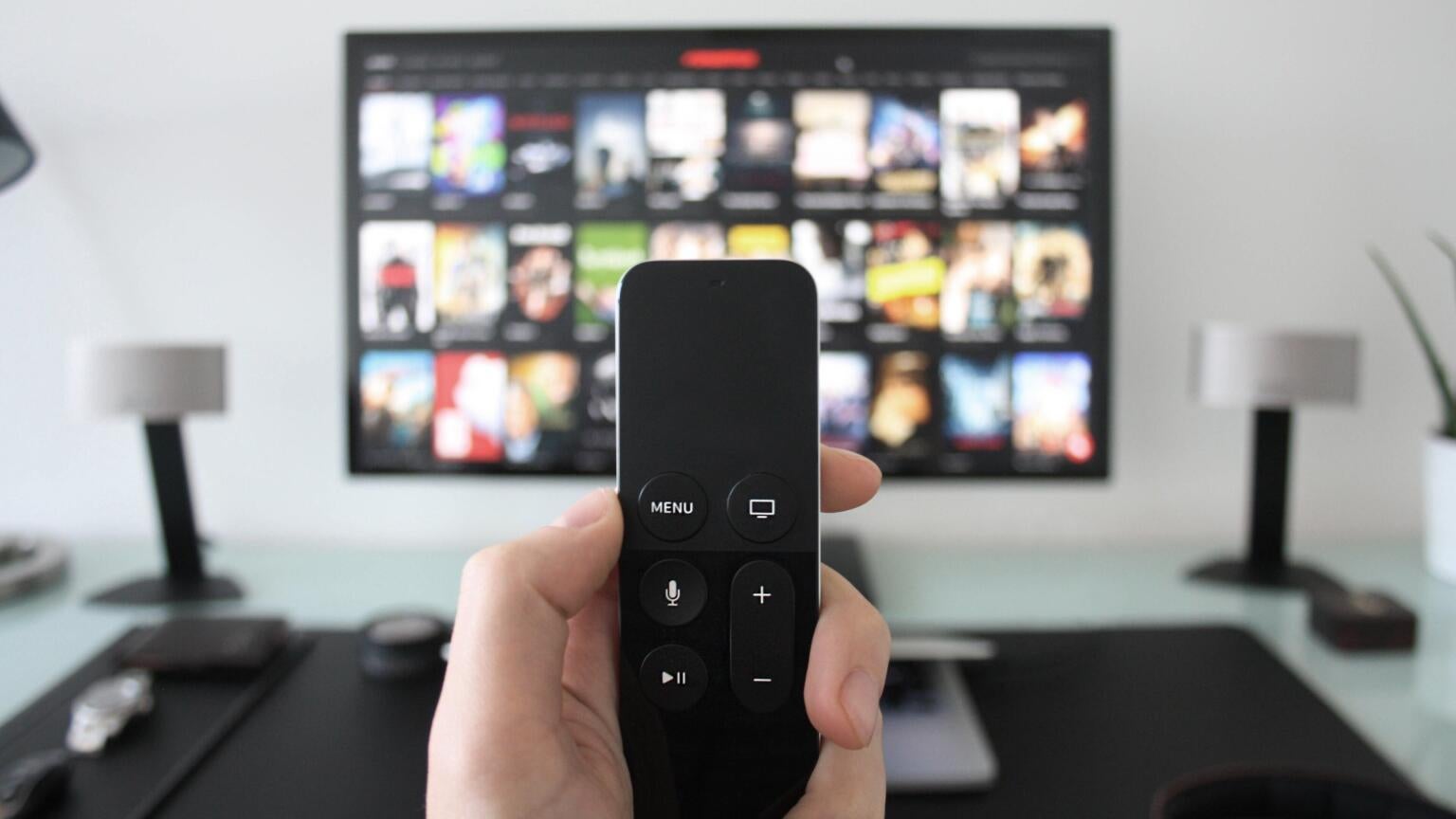YouTube Reportedly Preparing to Launch Channel Store; Is This First Step to Next Generation Bundles?

There was a time during the streaming wars when premium subscription video-on-demand (SVOD) services were leaving wholesale channel stores in order to avoid sharing subscriber revenue and data with platforms such as Amazon Prime Video Channels and Roku Channels. However, those days appear to be behind us as streamers are looking to kickstart domestic subscriber growth by getting in front of as many people as possible via these streaming hubs.
It now appears that Prime Video and Roku might be getting some competition in the wholesale-channels market as The Wall Street Journal reported that YouTube has been working on its own channel store for at least a year and a half, and that it could debut as early as this fall.
YouTube TV subscribers already have the ability to add SVODs to their streaming package, but this new store would allow anyone to select individual services via the centralized store regardless of their current subscription status. The value proposition for streamers is that millions of potential customers already turn to YouTube to watch trailers, clips, and reviews for shows and movies, so if they were then able to subscribe to the service with one click, it could be an opportunity to rejuvenate its customer base.
Consumers are already turning to YouTube as a content platform more than nearly any other streamer. Earlier this summer, a study revealed that while Netflix remained the most-watched service — generating 43 hours of viewing time per household per month — YouTube was second at 39 hours, followed by Hulu in third at 33 hours per month.
As services have seen their domestic subscriber growth plateau, and in some cases recede, tapping into the wells of YouTube users that have not yet signed up for a specific service could be an opportunity to expand a streamer’s base, but it would also keep the service at the front of customers’ minds since they are already using YouTube regularly. That way, theoretically, they will be less likely to cancel their service.
YouTube would then take a percentage of the subscription fee for serving as the middleman in the transaction. WSJ reports that the specific deals between YouTube and each streamer are being negotiated, but they would likely vary for each service.
Before YouTube began planning for the launch of its own channel store, Facebook had planned to launch its own version in 2018 before officially starting experiments the following year. Nothing ever came of the project, but as streaming proliferation has hit a saturation point, these types of hubs have become increasingly attractive.
As services raise prices amidst larger economic difficulties, the practice of “churn-and-return” — which sees customers unsubscribe from streamers when a show of interest ends, only to come back later when new content is available — has become a growing concern for services. By housing streamers in a single location, Prime Video Channels, Roku Channels, and presumably the forthcoming YouTube channel store will keep the services in front of users, making it more likely for them to stay engaged with each platform’s content.
The other potential benefit to these types of hubs is cross-company bundles. While the Disney Bundle has become the focus for much of Disney’s streaming plans, there are very few options in the United States to build bundles of streaming services that don’t fall under the same corporate umbrella. Earlier this year, Canadian cable company TELUS started allowing customers to build their own streaming bundles at discounted rates, but there is no real domestic equivalent just yet.
By having access to a host of streamers on the same hub, there is the potential to eventually build bundles, if the platforms were interested. Unless the services themselves were willing to work together for their collective benefit, what would likely have to happen is for the hub — Amazon, Roku, YouTube — to reduce its percentage of the subscriber fee in order to offer a “discount” to customers. While that is not something that any platform has done yet, as competition intensifies, it could be an interesting way to attract and retain customers.
